Case study-Zhang Zhidong and Hanyang Steel Factory Museum
Drawing on ancient Chinese pictographs and ancient architectural elements, the new Zhang Zhidong and Wuhan Museum consists of a ground floor, two floors above ground, three floors in the sky (i.e. the main floor area including the temporary exhibition area) and one floor in the sky (the sky garden), with seven floors open for exhibition.
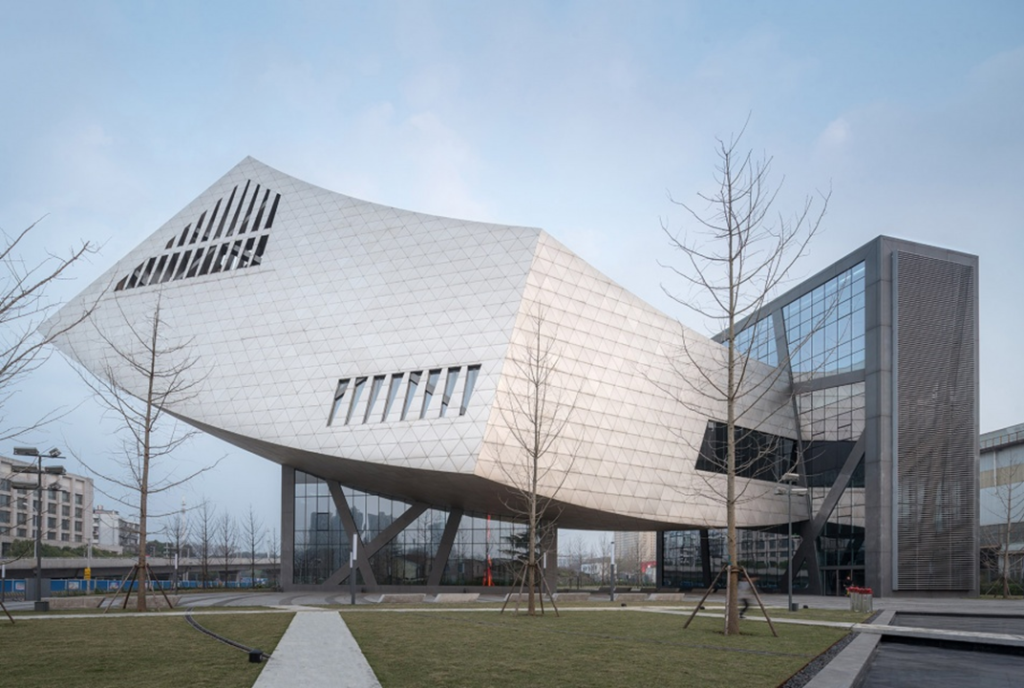
I found the screening room in this museum very interesting. It extends the screen from the floor to the wall, unlike the normal way of projecting (on a vertical wall), it innovatively tilts the floor as part of the projection screen and uses light to project an amazing image in a dark environment.
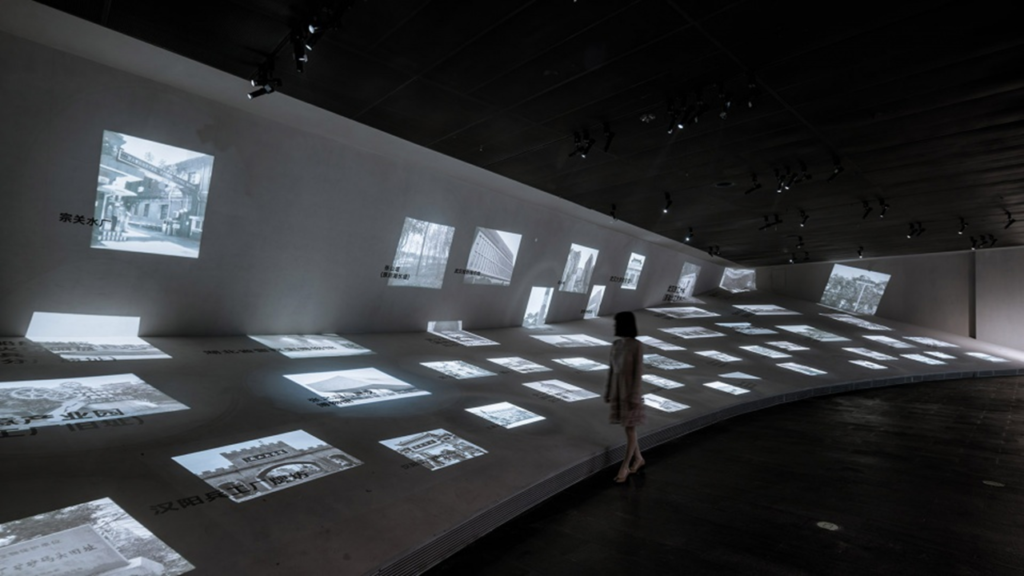
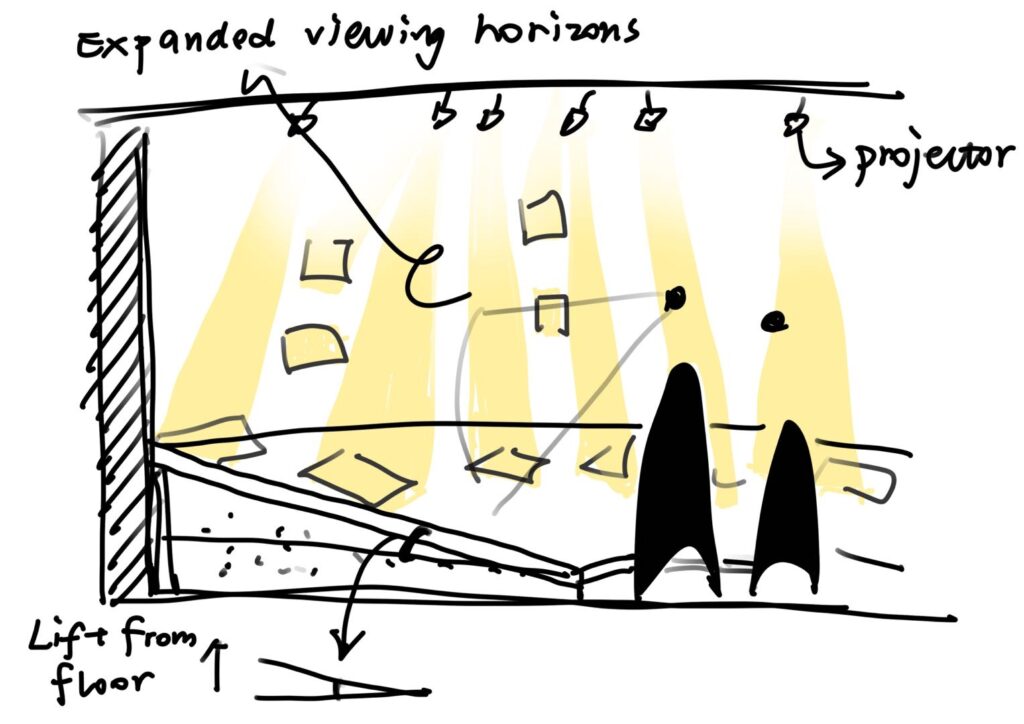
Sketch of this space
This is another exhibition space in this museum. It uses a kind of signature lights to show the colourful circles in the floor.

These units are illuminated at an angle perpendicular to the ground.
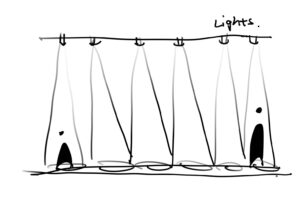
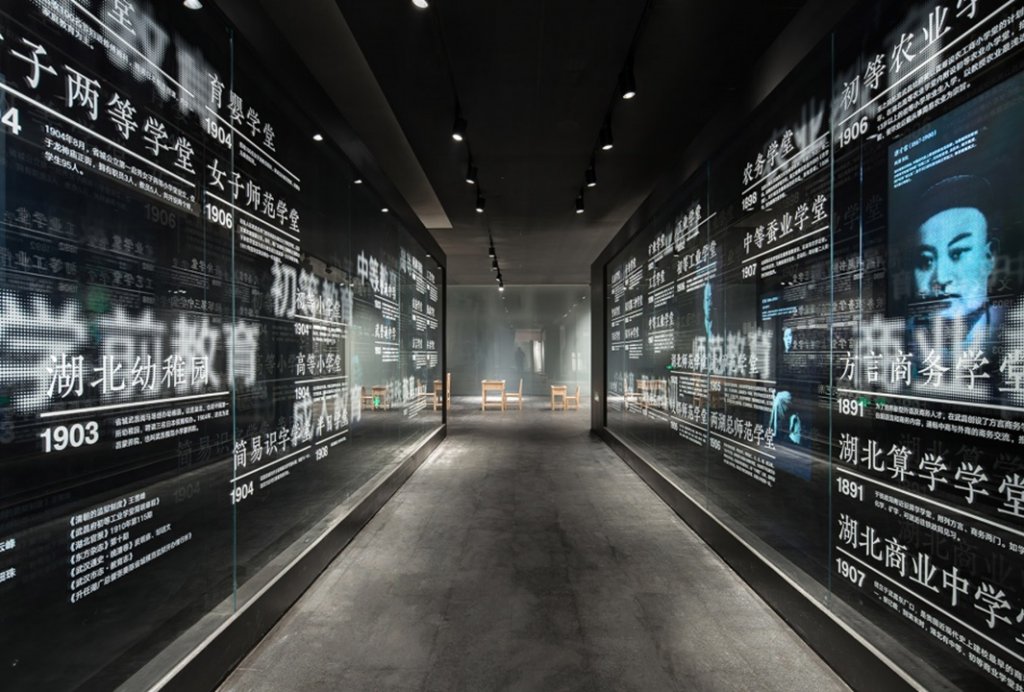
I also really like the design of the lighting in the aisle, the glass material and the screens behind the glass are nicely designed together to create a sense of layered space. The track lights in the aisle are mounted in an orderly fashion on the black ceiling and the colour of the lights is also black blending in with the ceiling, cleverly using the colour to hide the lights.
Projector research
Here are some information and installation diagrams I’ve gathered about projectors from an online source.
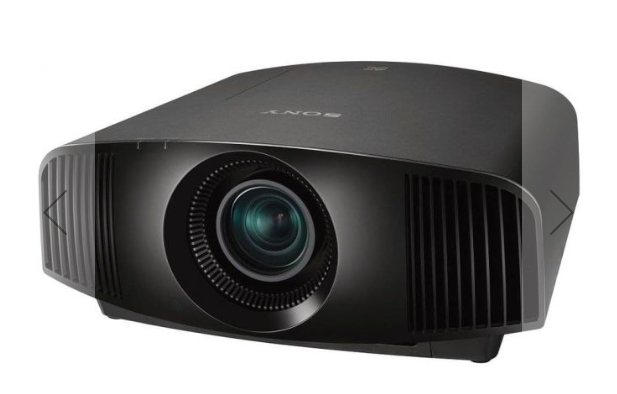
Example family projector: Sony VPL-VW290ES Black Projector
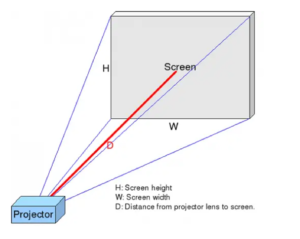

These are schematic diagrams for the installation and use of ordinary home projection. If the project is made larger a more specialist large projector may be required. So I tried to figure out how the other similar lighting tools work.
Signature projector



- LEDs: 1x 120W warm white (WW) COB LED (3200K)
- DMX: 1/2 or 3 channels
- Control: DMX, 4 push button menu with LCD display, Artisan Series W-DMX USB compatibility for wireless primary/secondary or DMX control
- Artisan Series W-DMX USB can be used to receive wireless DMX and relay the DMX signal via the XLR output
- 14.4kHz refresh rate
- 0-100% dimming and variable strobe
- 4 dimming curves: Linear, square law, inverse square law and S-curve
- Supplied with IR remote
- Inputs: PowerCON IN/OUT, 5-Pin XLR IN/OUT
- Power consumption: 160W
- Noise level: 39.5dBA @ 2m (temperature controlled fan for whisper quiet operation
- Colour Rendering Index (CRI): 98
- Filter frame and beam framing shutters included


After my information gathering, although this type of device is much cheaper than a projector, what can be found is that it is more complicated to change the pattern and has a more homogeneous pattern. I envisage that if it is placed on the ceiling and fixed in the same position for a long period of time, the internal pattern of this device will be difficult to change, so there will be no way to update it in real-time.
Conclusion
When I was collecting information on lighting, I found that there was some lighting equipment that would be parameterised by the noise level, which I hadn’t expected to know. As a library, which is very often a quiet place, the choice of lighting is not only visual but also partly from the auditory aspect.
In order to keep the graffiti up to date in real-time, I decided to go with projectors rather than sigenature lights and laser lights.
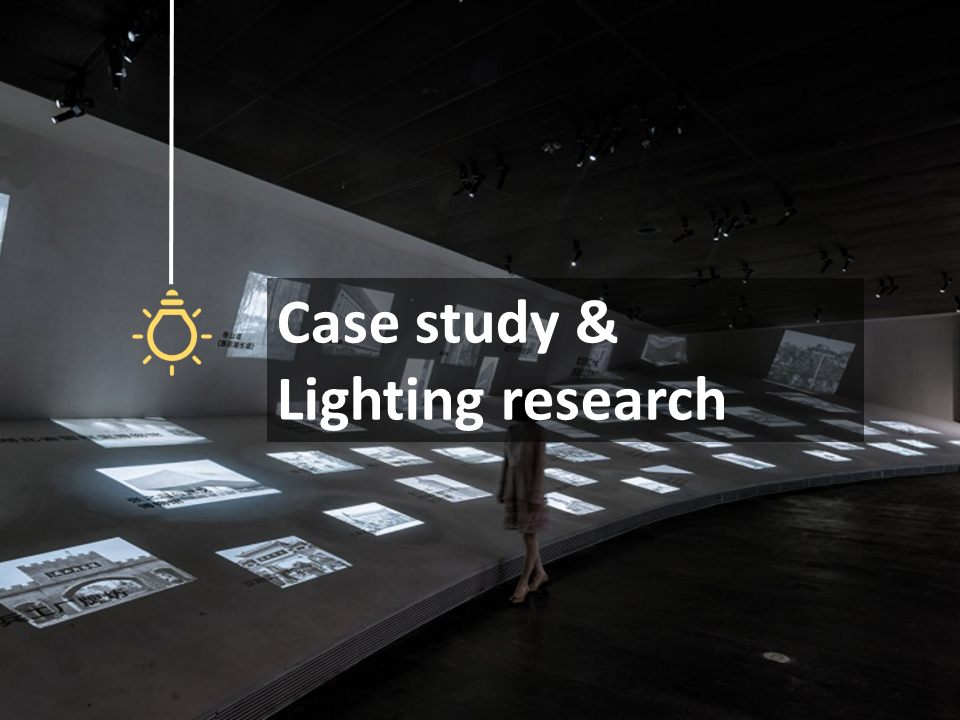


Leave a Reply